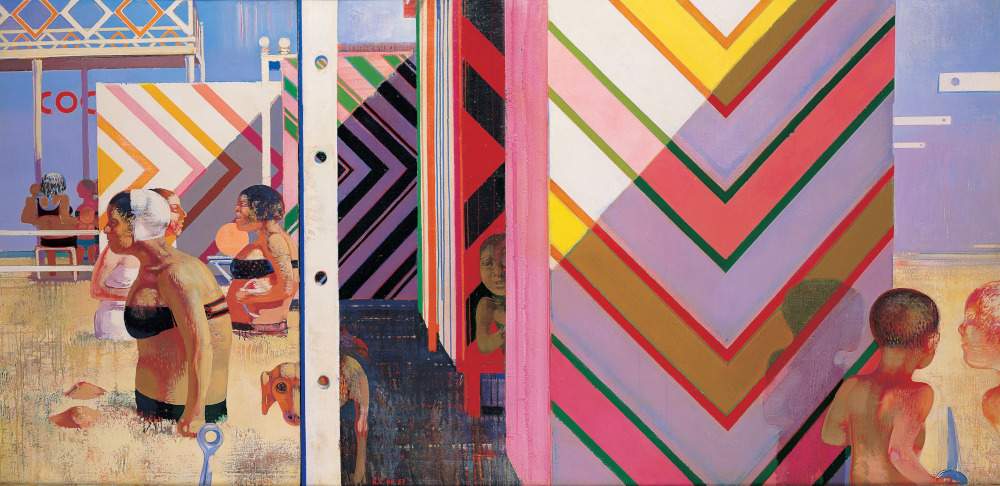At the SimonBart Gallery in Bologna, a retrospective exhibition dedicated to Leonardo Cremonini (Bologna, 1925 - Paris, 2010) will be open with free admission until January 31, 2022, an opportunity to rediscover one of the most interesting artists of the Italian twentieth century, the"painter of writers," as Umberto Eco called him.
Beloved by Moravia, Calvino, Eco, Buzzati, and philosophers such as Althusser, who dedicated his only text on painting to him; friend of Peggy Guggenheim, Henri Cartier-Bresson, Francis Bacon, Mario Sironi, Gino Severini, Balthus, to name but a few. His works can be found in the world’s most important art collections such as those of the Centre Georges Pompidou in Paris, MOMA in New York, the Israel National Museum in Jerusalem, the Frissiras Museum in Athens, the Uffizi Gallery in Florence, and the collection of the Museum of Modern Art in the city of Bologna.
The exhibition aims to be a tribute to the artist on the 10th anniversary of his death through works ranging from the 1960s to the last years of the artist’s life. His love for the Mediterranean brought him to Panarea, where he spent long periods. Summer landscapes full of light, shores sketched with broad strokes of color are often the settings of his visions. Cremonini’s painting cannot be traced to any kind of label: between realism, surrealism and metaphysical painting, he escapes the rules of abstractionism, Nouveau Rèalisme, the narrative figuration of his time, always driven by a desire for independence.
According to Dino Buzzati, his painting was capable of reconstructing those moments in one’s life that, even in their apparent everydayness or banality, encapsulate the meaning of an entire existence. Things, objects, barely sketched human figures, segments and geometric surfaces make up the visual text in which Cremonini expresses an ideal world where memory is captured through mirrors, window panes and the straight lines of empty walls. Italo Calvino, reflecting on Cremonini’s painting says that memory is here “fixed to scaffolding, to supports,” and that passing through one of the master’s works is a “looking in or out, a spying on something without knowing for sure what it is for hiding and what it is for showing,” a play of physical and conceptual perspectives that define the artist’s transversality and contemporaneity.
As Professor Stefano Zecchi explains in his preface to the catalog, “Cremonini cannot be defined as an impressionist, a surrealist, a metaphysician and other categories of aesthetic interpretation that were all the rage in the late nineteenth, mid-twentieth century. Beyond critical tactics, whose skill generally is to be able to say everything and the opposite of everything, Cremonini had become a test case of interpretation precisely in those 1960s-1970s when the neo-avant-gardes with their derivatives raged. A test-bed especially by writers, literati, philosophers, poets, who in the pictorial ’text’ found the possibility of re-evaluating its expressive techniques, far from installations, deconstructive experimentalisms, of which, precisely, one could say everything and the opposite of everything.”
For info: www.simonbart.com
Hours: Monday through Saturday from 10 a.m. to 1 p.m. and 4 to 7 p.m.
Image: Leonardo Cremonini, Au coin du plein air (diptych), (1967; oil on canvas, 103 x 210 cm)
 |
| A retrospective exhibition in Bologna on Leonardo Cremonini, painter of writers |
Warning: the translation into English of the original Italian article was created using automatic tools. We undertake to review all articles, but we do not guarantee the total absence of inaccuracies in the translation due to the program. You can find the original by clicking on the ITA button. If you find any mistake,please contact us.